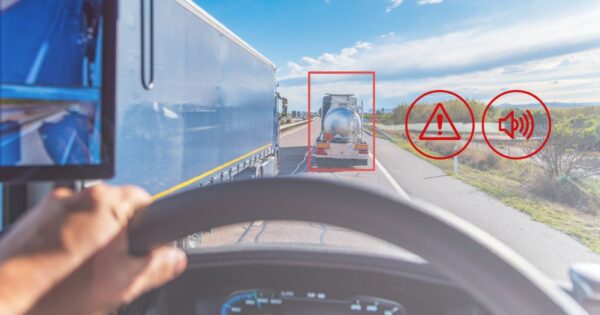Since 2020, when we shared our first blog explaining Vision Zero, we have seen an ever-increasing number of governments, state bodies, and county councils implementing Vision Zero.
To achieve the vision of zero road accident-related deaths or injuries the Safe System approach was developed. It promotes a holistic approach across all the stakeholders of the transportation system and has gained traction in the UK and US. The Safe System approach comprises of 5 pillars or elements;
- Safe roads
- Safe speeds
- Safe vehicles
- Safe road use
- Post-crash care











